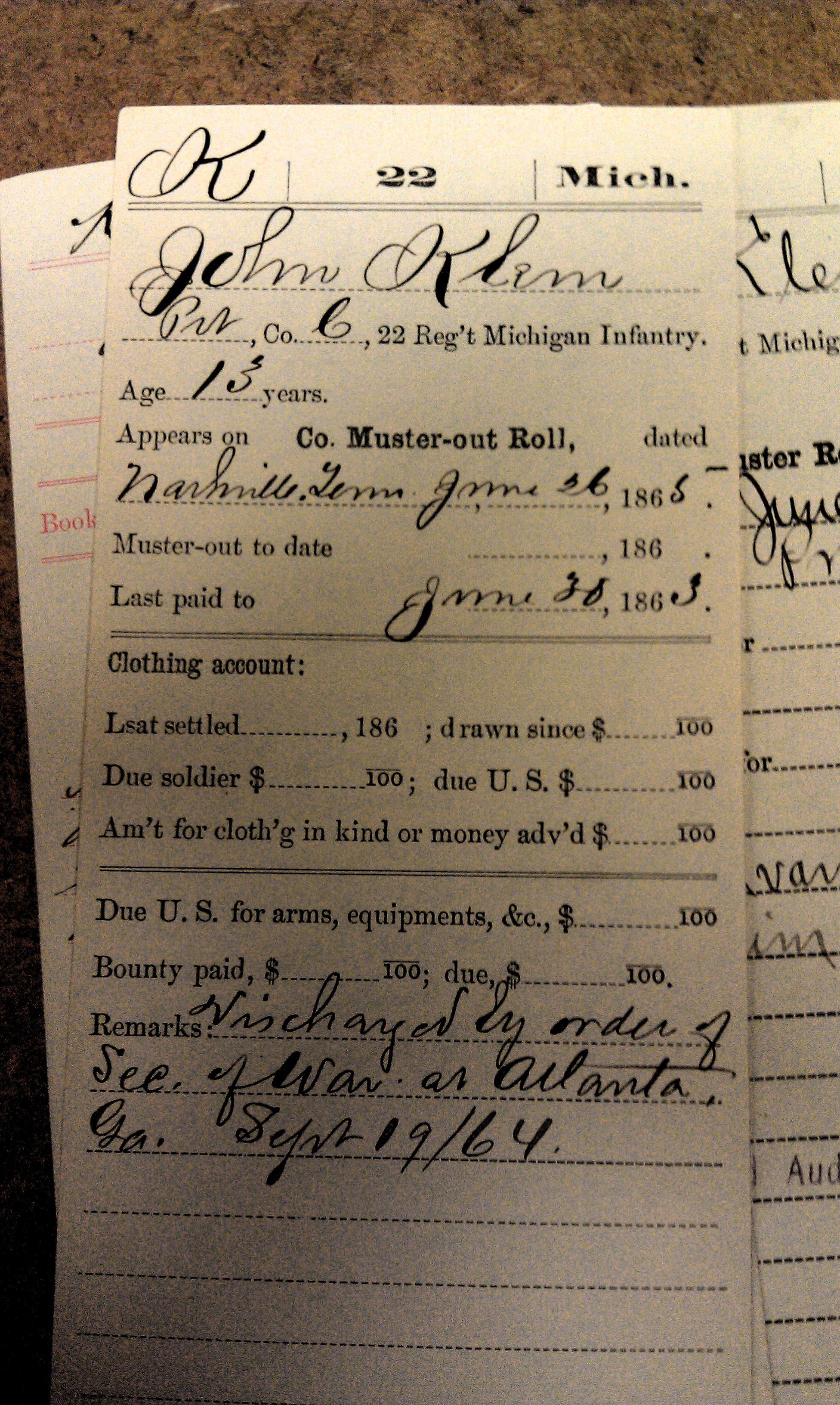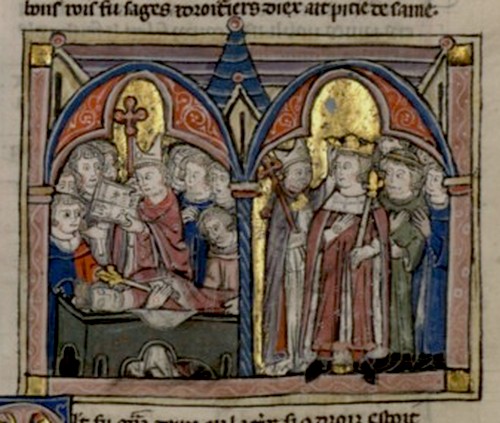 |
| Caricature of Idi Amin by Edmund S. Valtman |
Idi Amin was born sometime around 1925 in Kokoba, Uganda. He was raised in Lugazi, Uganda, without his father. Idi led a simple life, raising goats and getting minimal education. It is said that he only attended school until the fourth grade and was functionally illiterate.
What Idi Amin lacked in intelligence, he made up for with his skill and strength in sports. Later in life, he was overweight and unhealthy, but as a young man and during his time with the military he was fit. Amin enlisted in the British colonial army in 1946. He played rugby, boxed and swam in the military and he excelled in these areas. In fact, he held the title of heavyweight boxing champion in Uganda for nearly ten years.
Idi Amin climbed the ranks steadily. Within fifteen years of becoming a soldier, he became one of the first lieutenants in Uganda. His propensity for cruelty and violence became evident during this time, but it was largely ignored until 1962, when the British authorities asked the Prime Minister of Uganda to arrest Idi and make him stand trial for his crimes. That year, Uganda became independent of Great Britain. Instead of making Idi Amin stand trial, Prime Minister Apolo Milton Obote promoted Amin to captain. By 1967, Idi Amin was a major general. Obote would soon regret his leniency.
In 1972, Idi Amin staged a successful, but arguably cowardly, coup and took control of Uganda. He waited until Obote was out of the country and then positioned his military followers so that Obote could not return. Oblivious of what was to come, the people of Uganda embraced Idi Amin. He gave the appearance of a man who understood the people and wished to give them control of the country. He spoke as if he was but a humble soldier who hoped to keep the country safe until a new, better government could be established. He could not have lied more if he had said he was purple. He was skilled at deception, but only for a short time. His true self became evident rather quickly.
During his time as President of Uganda, Idi Amin was responsible for an estimated 100,000 to 500,000 people. He banished all Asians from Uganda, roughly 50,000 individuals, thus crippling the economy. He attacked Israelis and the British because they would not sell him weapons. He reportedly killed two of his wives or had them killed. It is rumored that he propped his dead wives up at the dinner table and made his children dine with the dead body present. This may not be true. It would have been difficult to do this with Kay Amin, whose body was found horribly mutilated.
Among all the examples of Idi Amin's hubris, the following are the most telling. There was a movie made about Idi Amin called "The Last King of Scotland." It was named thus because Idi said he would become King of Scotland if they asked him. He even took to calling himself the King of Scotland. (He was no such thing.) The title he gave himself was "His Excellency President for Life Field Marshal Al Hadji Dr. Idi Amin, VC, DSO, MC, King of Scotland Lord of All Beasts on Earth and Fishes of the Sea and Conqueror of the British Empire in Africa in General and Uganda in particular." As if that weren't bad enough, he forced the paper to refer to him as "His Excellency, Al Hadji, Dr. Idi Amin Dada, Life President of Uganda, conqueror of the British Empire, distinguished service order of the Military Cross, Victoria Cross and Professor of Geography."
Like many men who went mad with power before him, Idi Amin was paranoid, suspicious and superstitious. He behaved erratically and made decisions that were extremely ill advised. His lunacy was such that he did not realize he was his own worst enemy. Thinking it would embarrass Great Britain, he had four British men carry him around in a sedan chair at a rally in 1975. In 1978, he finally made the decision that would ruin his career in politics. He invaded Tanzania. Tanzanian troops and Ugandan rebels drove him out of Uganda shortly thereafter.
Idi Amin left Uganda with some of the wealth he had accumulated during his reign of terror. First, he went to Libya, then on to Saudi Arabia. He lived a comfortable life in Saudi Arabia until his death in 2003. He was never tried for his crimes.
Like many men who went mad with power before him, Idi Amin was paranoid, suspicious and superstitious. He behaved erratically and made decisions that were extremely ill advised. His lunacy was such that he did not realize he was his own worst enemy. Thinking it would embarrass Great Britain, he had four British men carry him around in a sedan chair at a rally in 1975. In 1978, he finally made the decision that would ruin his career in politics. He invaded Tanzania. Tanzanian troops and Ugandan rebels drove him out of Uganda shortly thereafter.
Idi Amin left Uganda with some of the wealth he had accumulated during his reign of terror. First, he went to Libya, then on to Saudi Arabia. He lived a comfortable life in Saudi Arabia until his death in 2003. He was never tried for his crimes.





